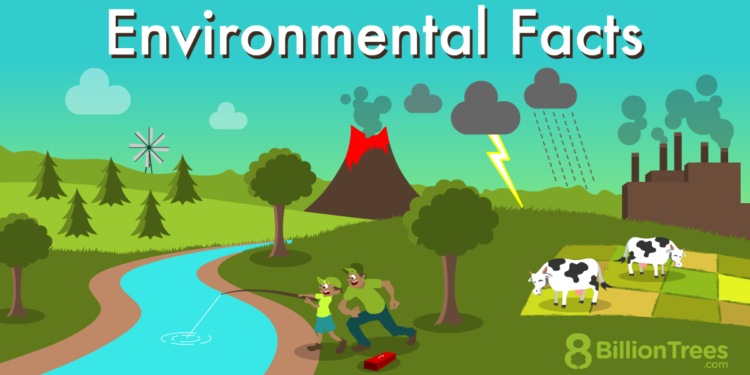Climate risks
Climate risk refers to the potential for adverse consequences resulting from the various effects of climate change. This concept encompasses a wide range of risks that affect societies, economies, and ecosystems. Climate risk can be divided into three main categories:
Physical Risks: These arise from the direct impacts of climate change, including extreme weather events like hurricanes, floods, droughts, and wildfires, as well as long-term shifts in climate patterns. Physical risks can lead to direct damage to assets, disruptions in supply chains, and changes in resource availability.
Transition Risks: These are associated with the process of adjusting to a low-carbon economy. Transition risks include policy and legal changes, technological advancements, market shifts, and changing investor and consumer preferences. Companies that fail to adapt to these changes may face financial losses, stranded assets, and reputational damage.
Liability Risks: As the impacts of climate change become more apparent, there is an increasing likelihood of parties who suffer loss or damage seeking compensation from those they hold responsible. This could involve legal actions against companies that have contributed to climate change through their emissions or have failed to adapt their business practices in response to climate risks.
Understanding and managing climate risk is crucial for governments, businesses, and communities to build resilience against the impacts of climate change, mitigate potential losses, and capitalize on new opportunities arising from the transition to a more sustainable and low-carbon future.



